Origins and Traits
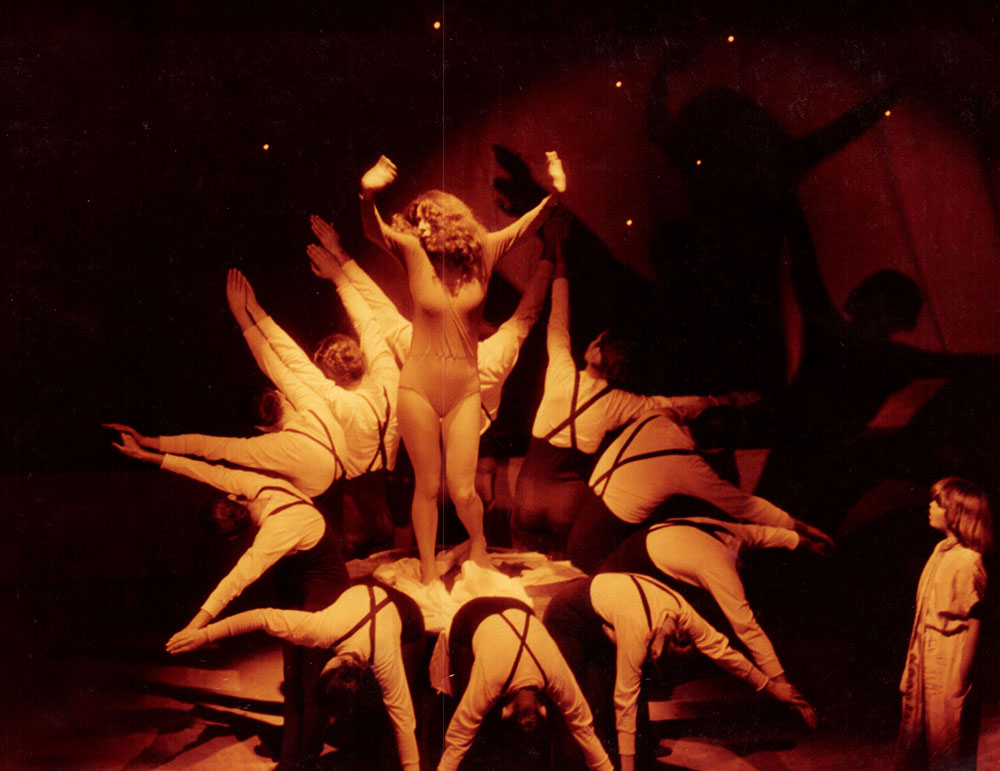
Dels vicis capitals - Vicky Plana and Jordi Milán
La Cubana was created in 1980 by Vicky Plana and Jordi Milán (the current director) with a plain amateur vocation in Sitges (Barcelona). Yet, in 1983, they soon became professional.
El gall groc - El petit príncep
La Cubana’s origins are the same as any other theatre company in the whereabouts of Catalonia: The amateur theatre. There are in Catalonia, traditionally, a great amount of cultural, civic, parish and leisure centers, and they all have their little stage. This generates, in some way, a certain fondness towards theatre.
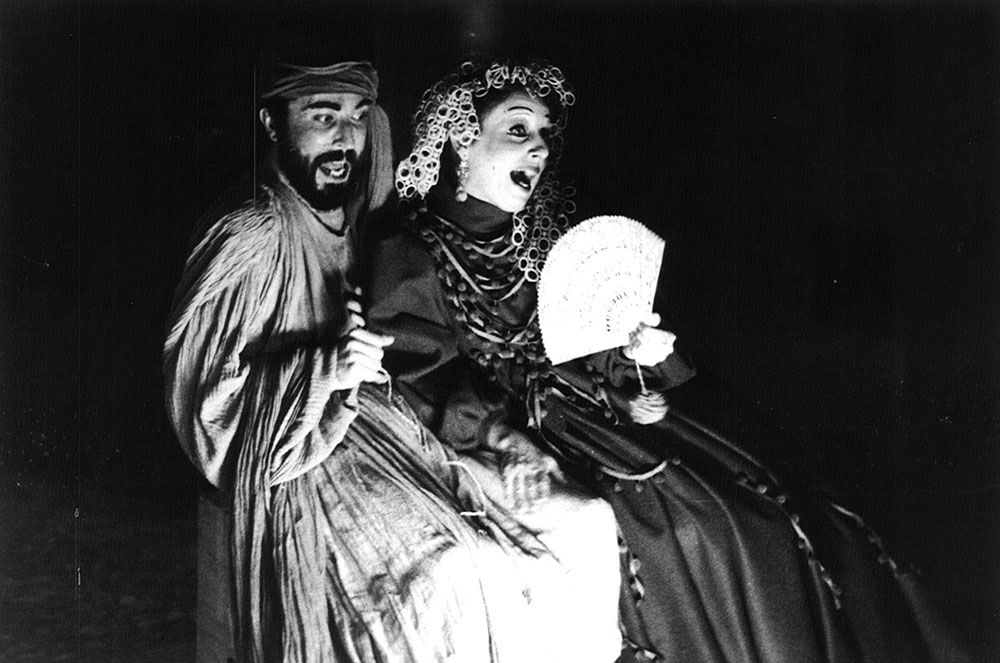
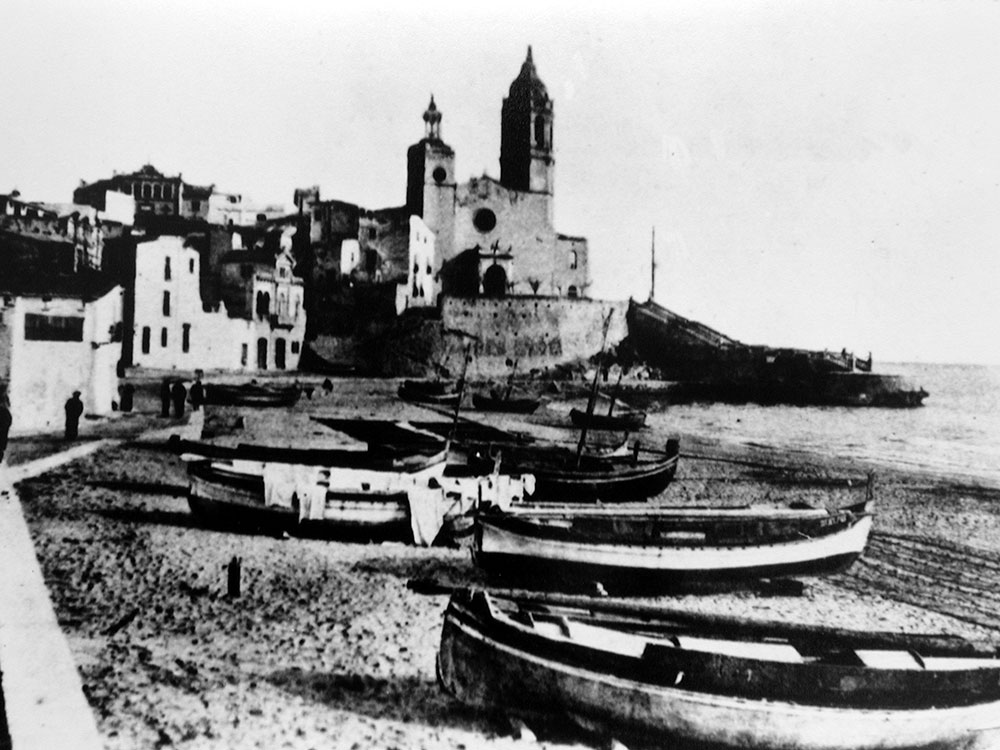
Sitges
In the1960s decade in Sitges, there were only three theatres: the Casino Prado Suburense, the Sociedad Recreativa El Retiro and also the Patronat d’Acció Social Catòlica, where besides the performances of the typical Catalan Christmas Nativity plays, Els Pastorets (Little Sheppards), and the Passion of Christ plays, they usually put on plays that were tolerated on those days.
Another thing that had its influence was that, from the 1968 a Theatre Festival was held in Sitges; which allowed us to discover a wide range of diverse proceedings, very different to what we were accustomed.
El gall groc - La cantant calva
In 1972 was created the group Gall Groc (Yellow Cock) in the Theatre Prado Suburense, that begun working on early September 1975 with the premiere of “La Cantant Calva” (The Bald Soprano) by E. Ionesco.
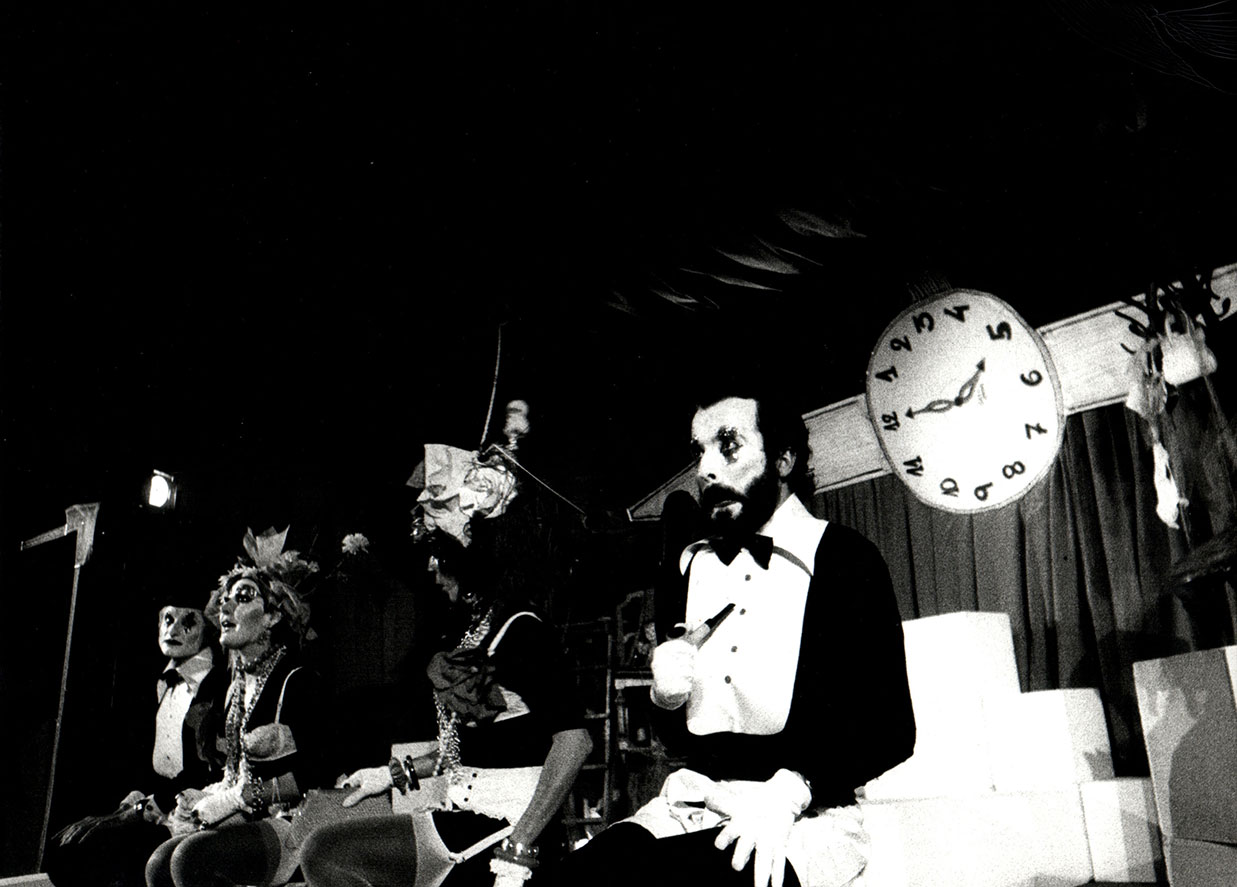
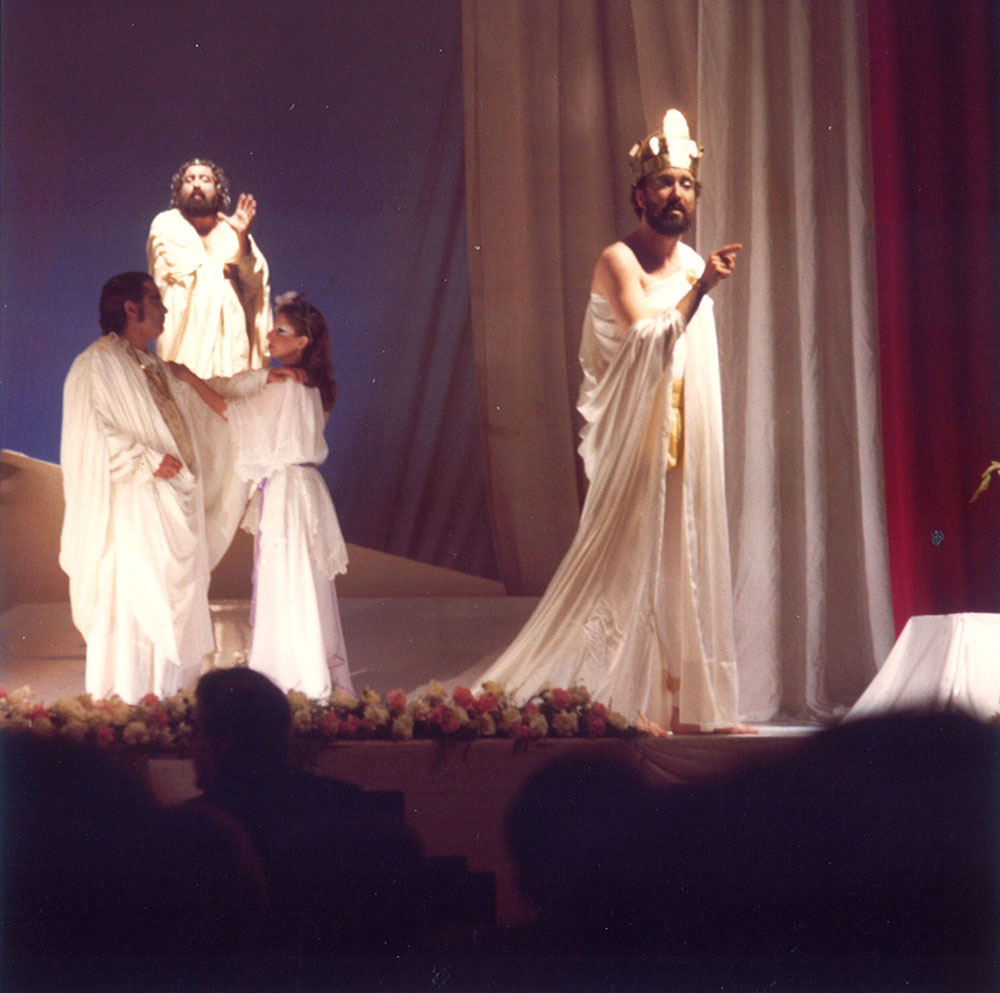
El gall groc - El gran teatro del mundo
This group was the germ for La Cubana. Many different shows were played, from the most assorted output as “The Little Prince” by A. Saint Euxepery, “El Duc Meu, Meu” (The Mine, Mine Duke) by Xesc Barceló, “Guernika” by Fernando Arrabal, “The great world’s theatre” by Calderón de la Barca, and even a zarzuela called “La Verbena de la Paloma” (The fair of the Dove) was done. In 1980, Jordi Milán and Vicky Plana leave Gall Groc to create La Cubana.
The name was chosen one night, out of drunkenness from 1980, from a long list of possible names. The anecdote goes as follows: at that time, Vicky Plana’s mother was refurbishing her clothes shop. While cleaning the façade, there came into sight the name of the previous business, “La Cubana”. This name, which was one of the name list for the future company, was the one chosen. It possessed everything a name should have: It was a name that reminds of adventure and which has a close relationship with Sitges.
As in many other coastal places, in the beginnings of the XXth century, many people from Sitges sailed away to seek out fortune to “the Americas”. From those, the few that came back with Money were called “Americans” or “Indians” but in Sitges, where nearly all of them went to Cuba, they were also called “Cubanos” (Cubans). To belong to “a family of Cubans” in Sitges meant to belong to an entrepreneur kind of family. So given that drama was, and still is, a great adventure for us, the name matched perfectly.
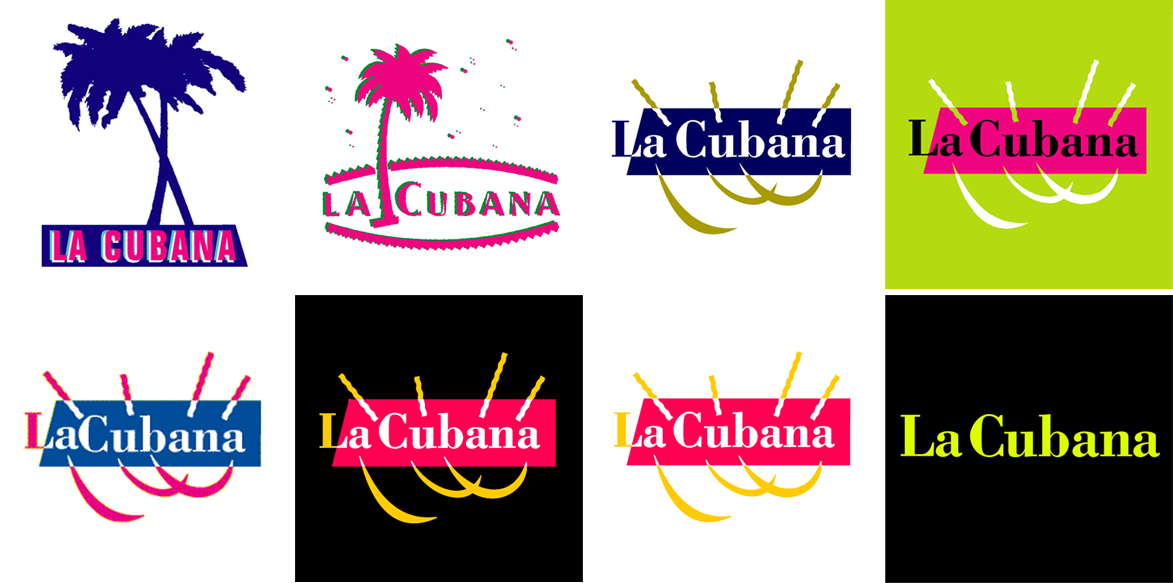
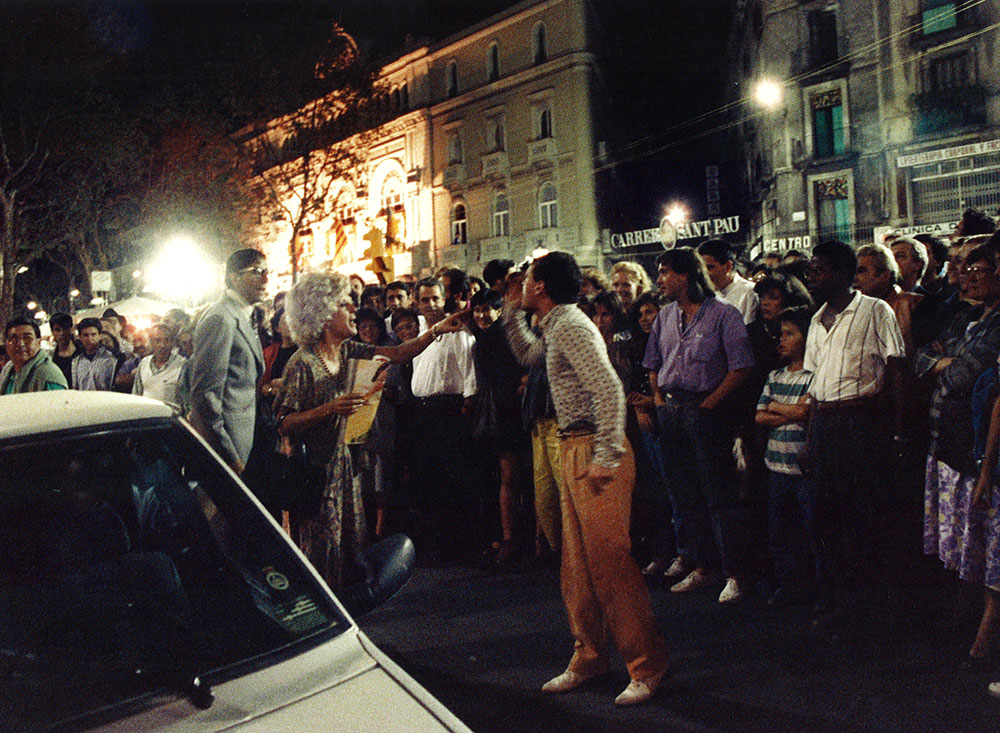
In La Cubana, the theatre practice is conceived as a whole: From the thinking of it to the final performance. Its members, in addition to acting, will be responsible for many jobs: Sewing, painting, building, loading, unloading, etc.
Their acting is based on observation, recreating theatrical situations experienced in common life, but giving it a “twist” and presenting it under a comical key.
In La Cubana’s plays we find constant particularities: the game as a drama expression, the surprise, the room transgression and above all, its characters. The characters gain their own life and move out beyond the written script. Another peculiarity is the audience’s participation. What we follow is for the audience, main source of inspiration, feeling that it has the leading role on the play.
The own inertia of the company has driven it to become an “all-terrain” company. The company has performed small and big shows, television, they have also organized and cheered up inaugurations, conventions, promotion events, etc. For many of their shows they have used all sorts of improvised venues, from theatres to markets, churches, public transport, etc. and above all, the street. The street has been the real inspiration for La Cubana.